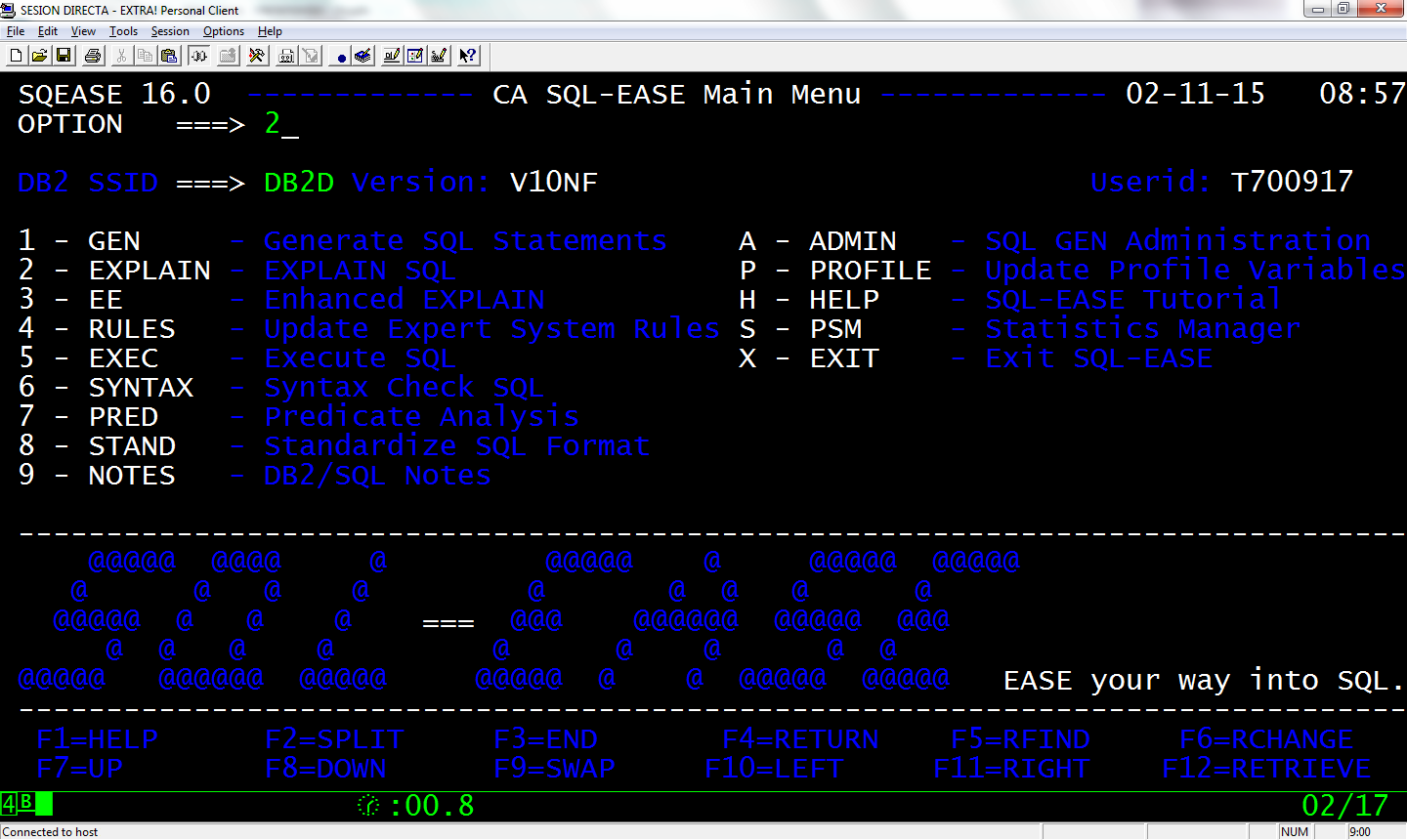


The IMAGECOPY parm above must now be modified to suit the task at hand. Having stepped through the steps to generate the Batch JCL the RC/Extract parms will look like this. This will be modified for the purpose of this exercise since the target of this extract is on a GDG. On the screen above "Use Image Copy" is set to "Y" which will produce an image copy card in the generated JCL. Unit count => 01 (01-59) This value is used when Split extract=Y Split extract => Y (N-No, Y-Yes, U-Update default allocations)ĭup elimination => U (N-None, X-Sort only, S-System only, U-User RI) Keys mode => 0 (0-private, 1-1 dataspace, 2-n dataspaces) Use Image Copy => Y (Y-Yes, P-Parts, T-Template, N-No) Share level => I (C - Change, I - Ignore, R - Reference) On the screen above the process mode will be "B" for batch, the Extract Method is "U" for Utility and extended options must be updated next indicated with a "Y". Set Extract Parameters => N (Y - Yes, N - No)
ICOPY IN DB2 ZOS UPDATE
Update Allocations => Y (Y - Yes, N - No) Update Extended Options => Y (Y - Yes, N - No) Process Mode => B (O - Online, B - Batch)Įxtract Method => U (S - SQL, U - Utility) Name => TBTABLE (Blank or pattern for list) Press HELP for more infoĬreator => AUTHID (Blank or pattern for list) Having used the "X" line command on the source definition, the "Process Source Definition" is displayed. CA Fast Unload is called by CA RC/Extract in order to carry out the unload. Only a UTILITY type extract is able to access an image copy. In this case the source data is coming from an Image Copy. When the Source Definition is completed the next step is to carry out the extract. The first step is to create a source definition for the extract selecting the table that is required as usual.


 0 kommentar(er)
0 kommentar(er)
